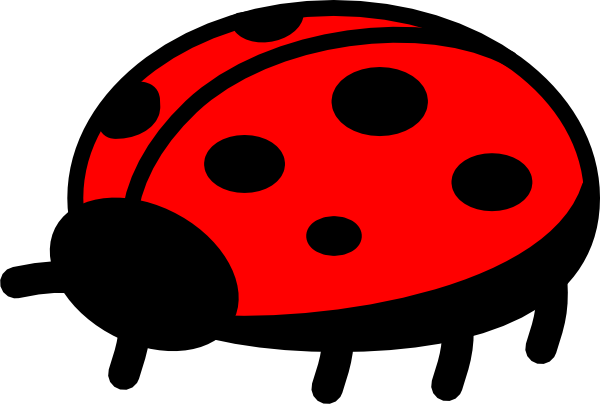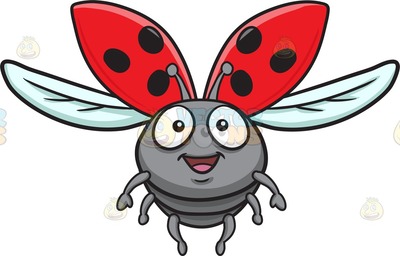
A threatened ladybird may both play dead and secrete the unappetising substance to protect itself. The species can secrete a fluid from joints in their legs which gives them a foul taste. Their distinctive spots and conspicuous colours warn of their toxicity, making them unappealing to predators. In addition to insect prey, seven-spot lady-birds consume pollen and nectar.Īn adult seven-spot ladybird may reach a body length of 7.6–12.7 mm (0.3–0.5 in). In the United Kingdom, there are fears that the seven-spot ladybird is being outcompeted for food by the harlequin ladybird. This includes, amongst other biotopes, meadows, fields, Pontic–Caspian steppe, parkland, gardens, Western European broadleaf forests and mixed forests. septempunctata has a broad ecological range, generally living wherever there are aphids for it to eat. Adults overwinter in ground litter in parks, gardens and forest edges and under tree bark and rocks.Ĭ. There are one or two generations per year.

septempunctata larvae and adults mainly eat aphids, they also feed on Thysanoptera, Aleyrodidae, on the larvae of Psyllidae and Cicadellidae, and on eggs and larvae of some beetles and butterflies. Its elytra are of a red colour, but punctuated with three black spots each, with one further spot being spread over the junction of the two, making a total of seven spots, from which the species derives both its common and scientific names (from the Latin septem = "seven" and punctus = "spot").Īlthough C.

Coccinella septempunctata, the seven-spot ladybird (or, in North America, seven-spotted ladybug or " C-7" ), is the most common ladybird in Europe.


 0 kommentar(er)
0 kommentar(er)
